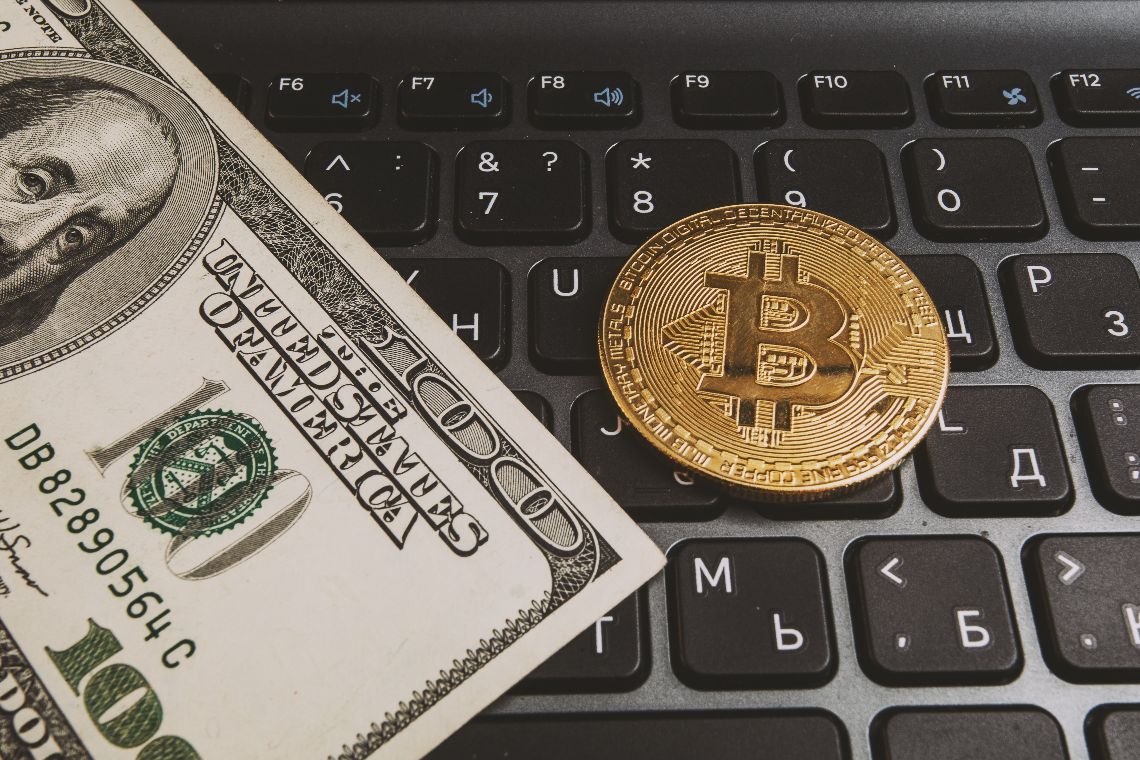Deutsche Börse’s Eurex, Europe’s leading derivatives exchange, has announced the introduction of Exchange Traded Note (ETN) futures of Bitcoin to expand supply and meet significant demand from institutional investors.
The initiative will bring Europe’s first regulated marketplace for Bitcoin-related financial derivatives.
This setup will allow investors to monitor Bitcoin price movements in a fully regulated, centrally cleared environment based on the underlying ETN price transparency.
Bitcoin ETN futures are centrally cleared like any other derivative traded on Eurex. Eurex’s standard clearing and risk management processes come into action, mitigating counterparty risk and reducing operational costs for market participants.
The new contracts are scheduled to launch on September 13 and will be based on the BTCE Bitcoin Exchange Traded Crypto, listed on the Frankfurt Stock Exchange. The Bitcoin ETN was equivalent to 1/1000 of Bitcoin at launch and will be traded in euros.
Eurex is the preferred marketplace for the derivatives community worldwide. It offers a wide range of international benchmark products and manages today’s most liquid bond markets with innovative solutions.
Together with Eurex Clearing, the leading platform to trade credit clearing (PCC), they ensure the safety and integrity of the markets by setting global standards in risk management.
As far as ETNs are concerned, observing the definition we find on the official website of the Italian Stock Exchange, we can say that Exchange Traded Notes are financial instruments issued against the direct investment of the issuer of the underlying (other than commodities) or in derivative contracts on the same.
ETNs and ETFs compared
ETNs also have a better-known cousin: the Exchange Traded Fund (ETF). Both ETFs and ETNs are designed to replicate an underlying asset.
When you invest in an ETF, you’re investing in a fund that holds the asset it tracks. That asset can be stocks, bonds, gold or other commodities, or futures contracts.
In contrast, an ETN is more like a bond or an unsecured debt note issued by an institution.
Looking at the characteristics of these two instruments, we see that ETNs have a significant advantage over ETFs in that they lack tracking error. There are more than 7,000 ETFs currently on the market that are constantly being tracked. Still, because of expenses, investors will notice some divergence from the index they track, making the fund underperform the index over time.
That, however, does not happen with ETNs. Because an ETN does not rely on buying and selling underlying assets, expenses are not accrued.
An ETN simply pays investors once the fund matures based on the price of the asset or index. There is no tracking error because the fund itself is not actively tracking.
Randolf Roth, the Eurex executive committee member, said:
“We are pleased to be the first regulated exchange to offer this innovative contract. The new Bitcoin ETN futures enable investors to trade and hedge Bitcoin within Eurex’s proven trading and clearing infrastructure without the need to turn to unregulated crypto venues or set up a separate infrastructure, such as a crypto wallet.”
According to the company, BTCE has been one of the most traded contracts on Xetra since its introduction in June 2020. Deutsche Börse has expanded its innovative offering on Xetra, the German stock exchange’s telematics market of choice, with additional ETNs on Ethereum, Bitcoin Cash, and Litecoin.
The post Deutsche Börse’s Eurex launches its own ETN futures on Bitcoin appeared first on The Cryptonomist.






















